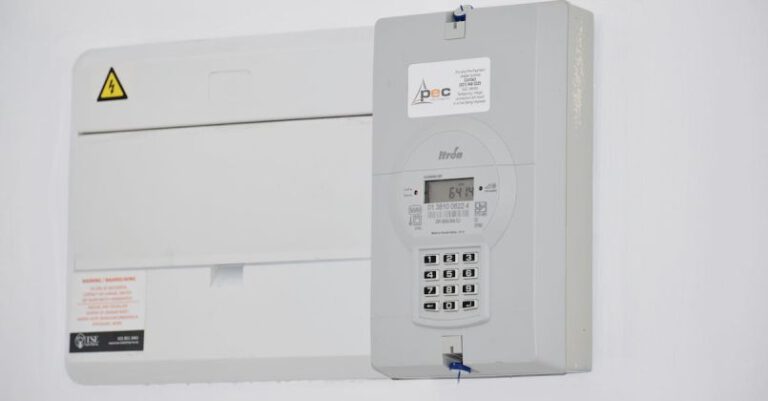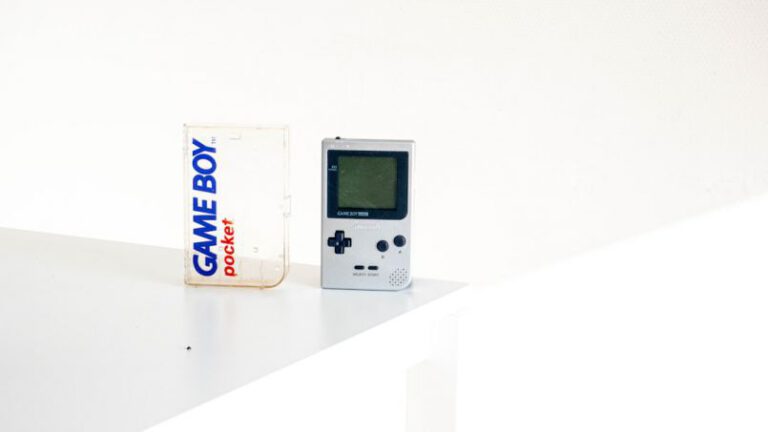Storing Electronic Toys in a Child-friendly Manner
Electronic toys have become increasingly popular among children of all ages. From interactive robots to virtual reality headsets, these toys provide endless hours of entertainment and learning opportunities. However, with the growing number of electronic toys in households, it’s important to consider how to store them in a child-friendly manner. By organizing and storing electronic toys properly, parents can ensure their child’s safety, prolong the lifespan of the toys, and create a clutter-free environment for playtime.
1. Create designated storage spaces
The first step in storing electronic toys is to create designated storage spaces. This will help keep the toys organized and easily accessible for both children and parents. Consider setting up a specific area, such as a shelf or a toy box, for storing electronic toys. Labeling each storage space can also be helpful, especially for younger children who may not be able to read yet. By creating designated storage spaces, children will learn the importance of putting their toys away after playtime and develop a sense of responsibility.
2. Remove batteries when not in use
Electronic toys are often powered by batteries, and leaving them inside the toys when not in use can lead to potential hazards. Children may accidentally activate the toys, causing them to make noise or move unexpectedly. Additionally, the batteries can corrode over time and damage the toy’s internal components. To prevent these issues, it’s important to remove the batteries from electronic toys when they are not being played with. Keep the batteries in a separate container, away from children’s reach, to avoid any potential accidents.
3. Use cable management solutions
Electronic toys often come with various cables and chargers that can easily become tangled or misplaced. To keep these items organized, consider using cable management solutions. Cable clips, cable ties, and cable sleeves are all great options to keep cables neatly organized and easily accessible. Not only will this make it easier to find the right cable when needed, but it will also prevent any potential tripping hazards caused by loose cables.
4. Store small parts separately
Many electronic toys come with small parts, such as accessories or additional components. To avoid losing these small parts, it’s important to store them separately. Consider using small storage containers or ziplock bags to keep these parts organized and easily identifiable. Additionally, make sure to keep these containers out of reach of young children, as small parts can pose a choking hazard.
5. Regularly clean and maintain electronic toys
Electronic toys can accumulate dust, dirt, and other debris over time. Regular cleaning and maintenance can help prolong the lifespan of these toys and ensure they function properly. Follow the manufacturer’s instructions for cleaning each toy, and avoid using harsh chemicals that may damage the toy’s surface or components. Additionally, regularly check the batteries of electronic toys to ensure they are still functioning and replace them as needed.
In conclusion,
Storing electronic toys in a child-friendly manner is essential for maintaining a safe and organized play environment. By creating designated storage spaces, removing batteries when not in use, using cable management solutions, storing small parts separately, and regularly cleaning and maintaining the toys, parents can ensure their child’s safety and prolong the lifespan of these beloved toys. By implementing these simple storage solutions, parents can create a clutter-free and enjoyable playtime experience for their children.






